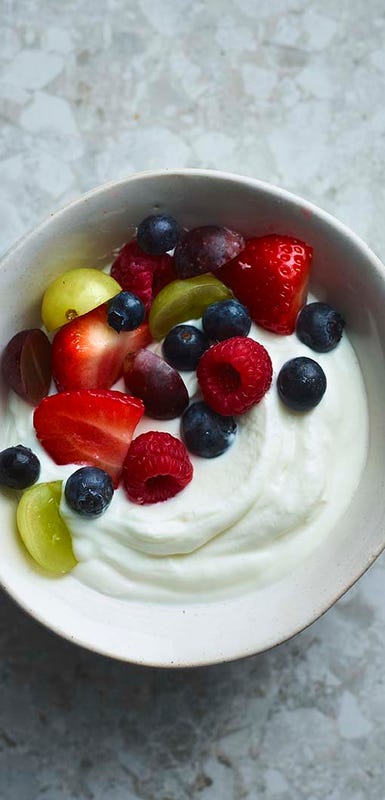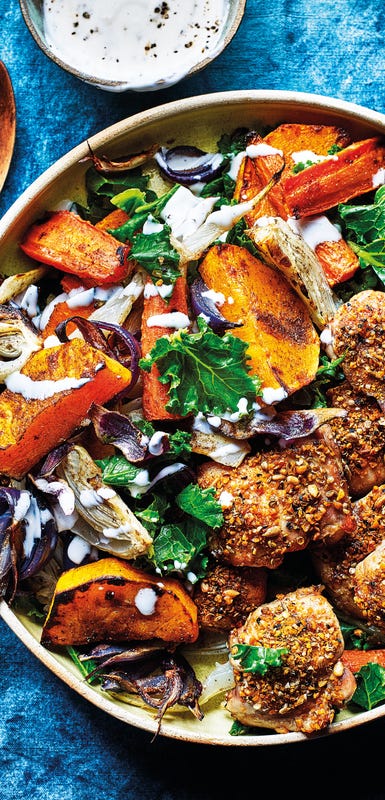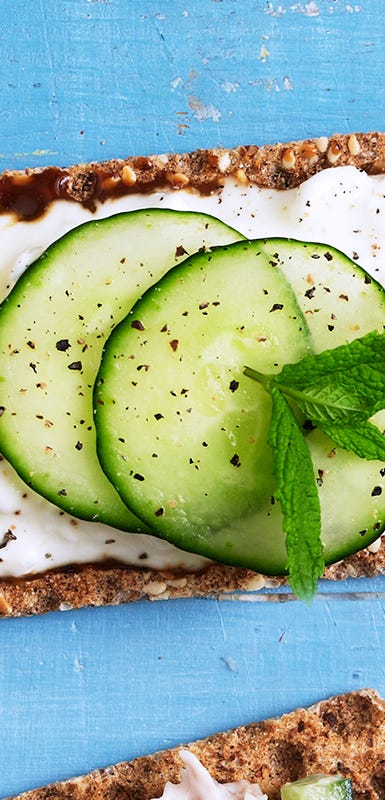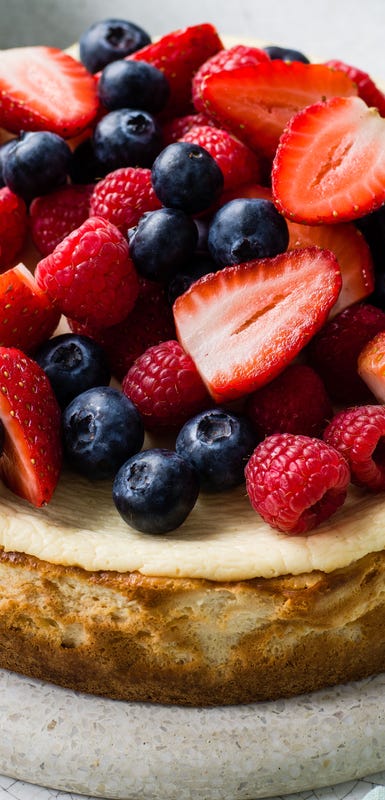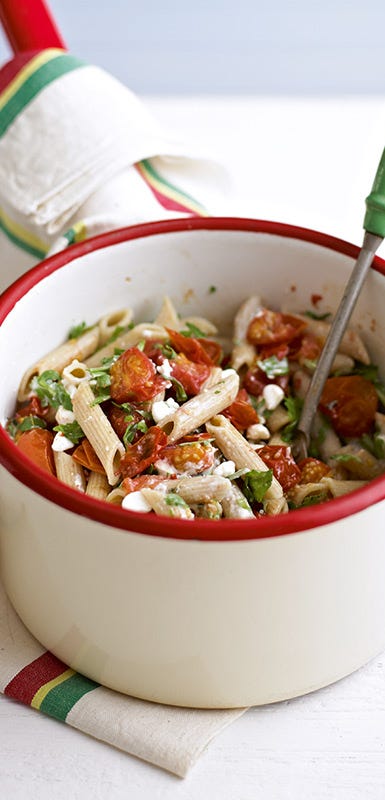ZeroPoint cheat sheet: Yogurt & cottage cheese
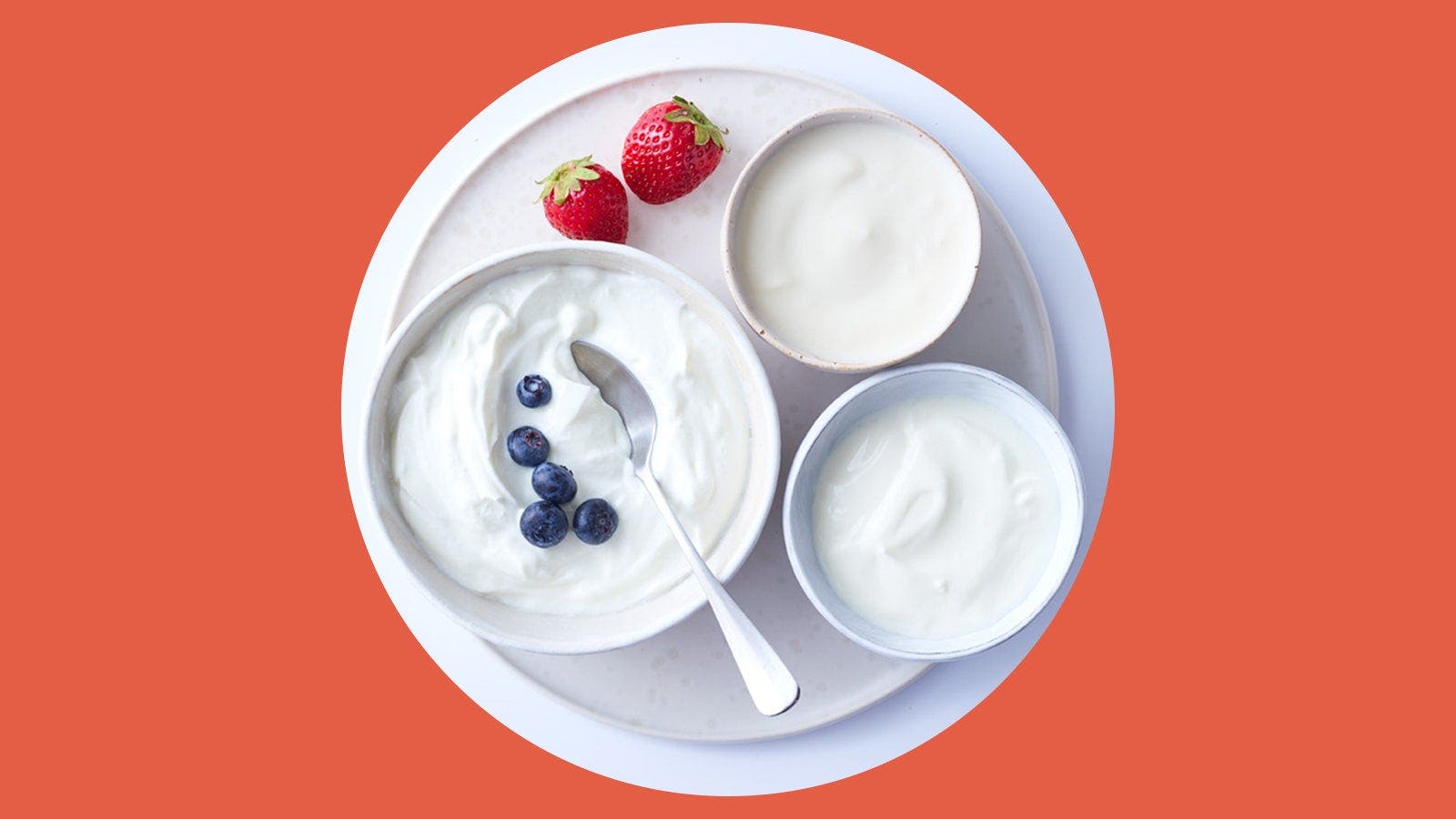

ZeroPoint® foods form the foundation of a healthy pattern of eating. They are nutritional powerhouses that you can reach for frequently and consistently, without weighing, measuring, or tracking them. They were specifically chosen because they are nutrient-, vitamin-, and mineral-packed. Because of that, they’re recommended by national and international guidelines (including the World Health Organization) to be consumed often as part of a healthy pattern of eating.
Every WeightWatchers member* gets the same list of 350+ ZeroPoint foods including: fruits*, veggies (non-starchy and starchy*), eggs, non-fat yogurt* and cottage cheese*, chicken, turkey, skinless, lean meats, fish & shellfish, oats*, legumes, tofu & tempeh, potatoes*, corn* and popcorn*
Yogurt and cottage cheese (specifically plain, fat-free varieties) have made it onto the list of ZeroPoint food groups because they are nutrient-dense, packed with protein, and great sources of calcium and vitamin D, two key nutrients that are important for bone health. Yogurt and cottage cheese are also great sources of protein which can help you feel fuller longer.
While “zero” usually means “nothing,” at WeightWatchers, ZeroPoint foods are everything! If you’re not on our diabetes-tailored plan, then yogurt and cottage cheese will be on your ZeroPoint foods list. If you’ve got some questions, you’re in the right place.
Which types of foods are included in this category?
- 0% fat natural Greek yogurt
- Fat free natural cottage cheese
- Fat free natural fromage frais
- Fat free natural yogurt
- Fat free plain goats milk yogurt
- Fat free plain skyr yogurt
- Plain soya yogurt
- Quark, fat free, plain
What makes these foods so healthy?
The foods in this category are a good source of lean protein and other nutrients such as calcium and vitamin D and contain no added sugar.
I don’t love the taste of plain yogurt or cottage cheese. What can I add to them to flavour them up?
Go sweet with a sliced banana, roasted fruit compote, or a sweet fruit salsa. Or you can add dessert-y toppings like mini chocolate chips, honey or maple syrup, chopped nuts, dried fruit and toasted coconut. Savoury more your speed? Top your yogurt with nuts, seeds and fresh herbs. Just make sure to track the Points for any additional food items.
Cottage cheese is great with crackers or served on top of crispbreads and toast. It pairs perfectly with honey and fruit for a sweet hit, or for something savoury top with fresh sliced tomato or cucumber.
Are there tasty ways to use some of these foods in meal prep, cooking, and baking?
Absolutely! Cottage cheese can be used as the base for creamy pasta sauces and dips, almond and soy yogurts are terrific in acai breakfast bowls and frozen yogurt bark and dairy yogurt—especially Greek yogurt which is thicker and higher in protein than regular yogurt—makes baked goods, cream soups, marinades, salad dressings and sauces taste richer.
What’s the most surprising thing I can make with yogurt?
How about dough? Yep, just mix self-raising flour with fat-free plain Greek yogurt to make two-ingredient dough. Think lower Points® pizza crust, bagels and calzones, to name a few!
Any other tips?
If your yogurt has a touch of liquid on top, that’s okay. The clear liquid in yogurt containers is naturally occurring whey. Don’t drain it; stir it back in.
Greek yogurt can be a little more sour than regular yogurt. Add some citrus zest to sweeten its flavour.
*Members living with diabetes will have non-starchy veggies, eggs, fish & shellfish, chicken & turkey, skinless, lean meats, tofu & tempeh, and beans, peas, & lentils on their ZeroPoint food list. These categories were carefully selected to consider the combination of carbohydrates, proteins, and fibre, and are less likely to impact blood sugar levels.


